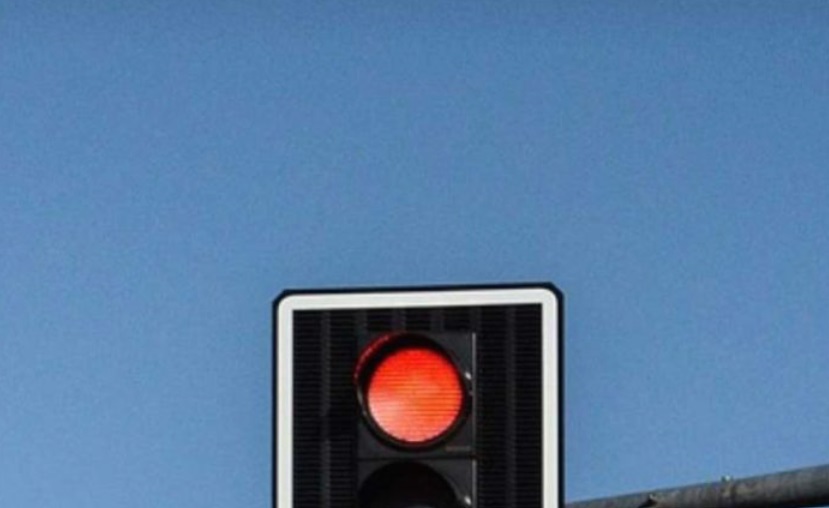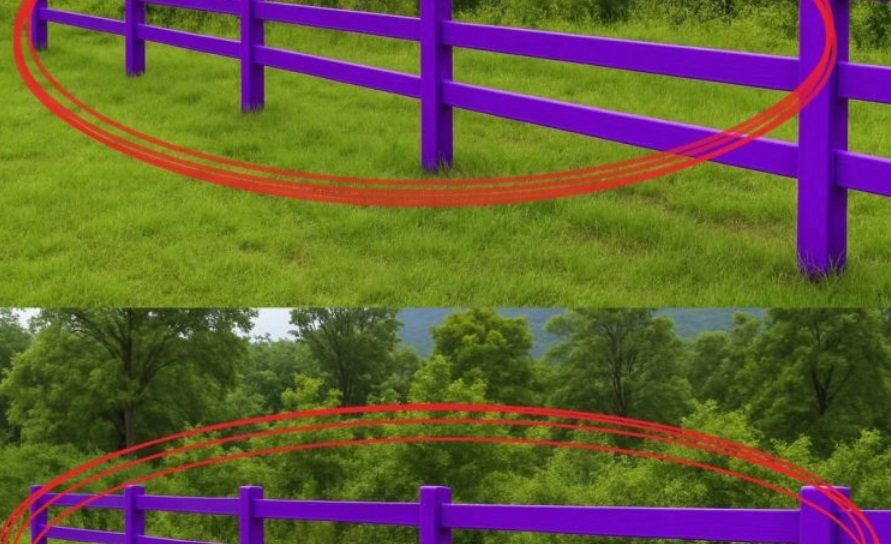Introduction
Every driver knows the frustration of sitting at a red light that seems to last forever. But behind those moments of impatience lies an invisible network of technology working tirelessly to keep cities moving. Traffic light sensors are the quiet conductors of our roads, ensuring vehicles flow efficiently and intersections stay safe.
From bustling city streets to quiet suburban lanes, these sensors help regulate the rhythm of daily traffic. They’re not just about convenience—they’re a cornerstone of urban safety and sustainability.
Understanding how these systems function can transform your driving experience. When you know what triggers them and how to respond, you can drive smarter, reduce wait times, and even help improve traffic efficiency for everyone around you.
Understanding Traffic Light Sensors
Modern intersections rely on advanced vehicle detection sensors that determine when to change lights. The most common types include:
- Inductive Loop Sensors: Embedded in the pavement, they detect vehicles by sensing changes in magnetic fields.
- Video Detection Cameras: Mounted above intersections, these use visual recognition to identify waiting or approaching cars.
- Microwave & Infrared Sensors: Ideal for detecting speed and movement, ensuring smoother traffic coordination even in poor weather.
Why Sensors Sometimes Don’t Respond
Even the best systems encounter issues. Common causes include:
- Equipment wear or weather damage
- Improper positioning of vehicles (especially motorcycles and bicycles)
- Low metal content in lightweight or electric vehicles
- Outdated or poorly calibrated sensor systems
Tips to Trigger Traffic Light Sensors Effectively
- Position precisely over the visible pavement cuts where loops are installed.
- For motorcycles or bicycles, align the metal frame directly over a sensor line.
- Electric or small vehicles may need to stop centrally above the most sensitive area.
- Avoid excessive movement—staying still allows the sensor to register your vehicle.
Using Visual Cues
Camera-based sensors respond to changes in lighting. Briefly adjusting your headlights (never excessively flashing) can sometimes help the system detect your presence—especially at night or during low visibility conditions. Always prioritize safety and courtesy.
Additional Strategies
- Attach a small magnet underneath your vehicle if it consistently fails to trigger loops (check legality first).
- Wait for another car to arrive; combined metal mass increases detection accuracy.
- Report persistent issues to your local traffic management authority.
Why You’ll Love This Knowledge
Understanding traffic light sensors helps you:
- Save time on your daily commute
- Reduce stress and fuel waste
- Improve safety through informed driving
- Contribute to smoother urban traffic systems
Tips for Drivers
- Be patient—avoid aggressive moves at intersections.
- Keep your vehicle’s front positioned correctly for detection.
- Report malfunctioning sensors through city websites or hotlines.
ions in Sensor Technology
Cities worldwide are testing new smart road systems, such as:
- AI-based traffic management using real-time vehicle data
- Connected car networks that communicate directly with lights
- Eco-sensors designed to reduce idle emissions
FAQs
- Can my car trigger every type of sensor?
Most modern vehicles can trigger inductive loops and cameras effectively. - Why doesn’t my motorcycle trigger the light?
Its small metal mass may not register—position carefully on the loop’s edge. - Do magnets really work?
They can enhance detection slightly, but always check local regulations. - Can weather affect sensors?
Yes—heavy rain, snow, or road debris can temporarily reduce accuracy. - Are camera sensors used everywhere?
No—many areas still rely on underground loop sensors. - Do electric vehicles cause detection issues?
Sometimes; lighter metal content can make them less detectable. - Can I report a faulty traffic light sensor?
Absolutely—contact your city’s traffic department or use online forms. - Will flashing my lights always help?
Only occasionally; avoid overdoing it to prevent confusion. - How do I know where the sensor is?
Look for faint rectangular cuts or circles in the pavement before the stop line. - Can these sensors improve safety?
Yes—by minimizing unnecessary waiting and reducing intersection congestion.
Health & Environmental Benefits
Efficient sensors reduce idling, saving fuel and cutting emissions. Less waiting time also means cleaner air and fewer carbon pollutants—great for drivers and the planet alike.
Make-Ahead & Maintenance (for Drivers)
- Check Regularly: Stay alert for intersections that consistently fail to change.
- Report Promptly: Notify your municipality to ensure system upkeep.
- Stay Updated: Keep an eye on new smart-traffic initiatives in your city.
Conclusion
Traffic light sensors might be invisible, but their impact is undeniable. By learning how they work and how to engage them properly, you’re not only improving your commute—you’re contributing to safer, smarter, and more sustainable urban roads. The next time you wait at a red light, remember: patience and understanding can keep traffic flowing smoothly for everyone.




